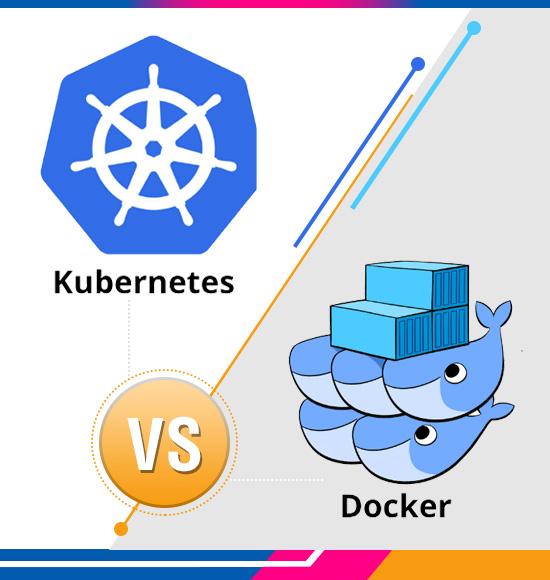5 Ways for Legacy Transformation
It is common for organizations to discuss the process of transforming legacy systems as if there is only one path available. However, in reality, legacy transformation is more like navigating a vast interstate highway network, with numerous potential routes that can potentially get the legacy systems to where they need to be. The challenge that companies face is identifying which tactics will best help them update older technology systems while aligning them with current business needs and improving their performance.
Let’s examine different approaches to legacy-system transformation. While all of these approaches can add value to legacy systems, they do so in different ways, and it may or may not make sense to try one particular approach or another on the transformation journey.
Platform Upgrade
One of the most straightforward and apparent ways to enhance the value derived from a legacy system is to upgrade it to a newer version or update the platform on which it depends.
For instance, if your application is built on a legacy ERP platform, migrating to the latest version of the platform is likely to improve its efficiency, flexibility, and scalability without modifying the application itself.
However, before adopting this approach, it is crucial to assess the value that a platform upgrade would bring and weigh it against the effort, time, and cost involved in the upgrade. A significant platform upgrade may not deliver sufficient value to justify the investment, depending on when the last upgrade took place. In such cases, upgrading may not be the most cost-effective solution. However, if it has been years since the last update of the legacy systems or platforms that your applications depend on, upgrading may be a comparatively swift and effortless method to improve application performance and/or manageability.
Although upgrading does not change the underlying technology, it is expected to unlock new features and flexibility that aid in modernizing the application.
Cloud Migration
One of the most common approaches to modernizing legacy applications is to shift them to the cloud. While such a move does not fundamentally alter the system, leveraging on-demand cloud infrastructure offers several operational and management benefits. This approach also eliminates the need to acquire, deploy, and maintain individual hosting infrastructure.
In some cases, vendors providing legacy-platform solutions offer both cloud-based and on-premises versions of their systems. Although both versions offer similar core features, transitioning to the cloud-based version can simplify application management and enhance scalability.
Migrating to a cloud platform demands time and effort, thus necessitating an assessment of its cost-benefit analysis before undertaking any cloud migration. However, in many instances, businesses may find the shift to be advantageous.
Containers and Microservices
It is possible to leverage microservice architectures and container-based deployment to enhance the scalability and efficiency of legacy applications, whether or not they are moved to the cloud. Microservice implementation involves segmenting complex applications into smaller, independent pieces known as microservices, which can be allocated individual resources for scaling.
Moreover, deploying or updating microservices is faster than deploying a larger application. Organizations frequently use containers to host microservices, with each container running a distinct microservice, facilitating efficient deployment and enabling the tracking of running microservices.
Containers represent a form of virtualization that is advantageous over traditional virtualization technologies as they do not require running guest operating systems on top of the host operating system, thereby reducing CPU and memory requirements. However, it is necessary to ensure that legacy-system platforms support microservices and containers before using these technologies, as not all legacy systems support them.
By using microservices and containers, legacy applications can be deployed in a cost-effective and scalable manner, leading to improved performance and reduced hosting costs compared to operating the application as a monolith.
DevOps Methodologies
DevOps is a set of operational techniques and practices that encompass software development and IT operations integration. Its scope encompasses a broad range of modern practices, such as continuous deployment of changes and user-centric application management. DevOps methodologies can be leveraged to deliver operational flexibility and agility for legacy apps as well as modern, cloud-native applications. This translates to higher application availability and a greater ability to make changes without disrupting functionality.
Adopting DevOps requires a paradigm shift in the way organizations think about software delivery and management. It may also entail the adoption of new tools. However, the benefits of embracing DevOps are almost always worth the effort.
AI/ML
The emergence of generative AI tools like ChatGPT has led to a revolution in the fields of artificial intelligence (AI) and machine learning (ML), which is transforming all sectors of the technology industry. Although this technology is still in its maturing phase, it has the potential to support legacy-system transformation in many ways. For instance, organizations could use AI and ML to parse the configurations of legacy systems to identify opportunities for improvement, thereby improving efficiency.
Additionally, AI-powered chatbots could be employed to help end-users navigate new systems following a migration or transformation. While specific AI tools for these use cases are yet to be developed, they are easy to imagine and are likely to become a valuable addition to the legacy transformation toolkit for businesses in the future.
Charting a Legacy-Transformation Road Map
It is noteworthy that there are multiple viable ways to transform the legacy systems. Organizations can discern which approaches and methodologies align best with their resources and needs. However, this diversity of options also presents certain challenges. Undertaking a legacy transformation without a clear understanding of the most felicitous way to pursue it, or worse, without even being certain of the ultimate goal, can lead to inefficient strategies with mediocre outcomes.
Thus, it becomes critical to establish a roadmap that outlines the legacy transformation strategy and helps secure the buy-in of stakeholders. Mapping out the strategy may necessitate a thorough assessment of the current landscape, the identification of opportunities for improvement and innovation, and prioritizing initiatives based on their business value impact.
To generate a pragmatic legacy transformation roadmap, it is crucial to evaluate the development resources available within the organization. Based on that assessment, a decision can be made regarding the number of feasible changes to the application and the speed with which developers can implement those changes. It is also essential to consider the most pressing pain points, such as application cost, scalability, and reliability, and accordingly prioritize them.
In addition, it is vital to have a competent team in place to guide the legacy transformation journey. The team should have expertise in both legacy platforms and the latest innovations in areas like cloud computing, DevOps, and AI. External partners and consultants can also be valuable, especially for organizations that lack in-house expertise in all the areas essential for a successful legacy transformation.
Just as embarking on a cross-country road trip without prior knowledge of the roads or the advantages and disadvantages of different routes would be unwise, starting a complex legacy system transformation without critical knowledge and guiding insight would be equally imprudent.




